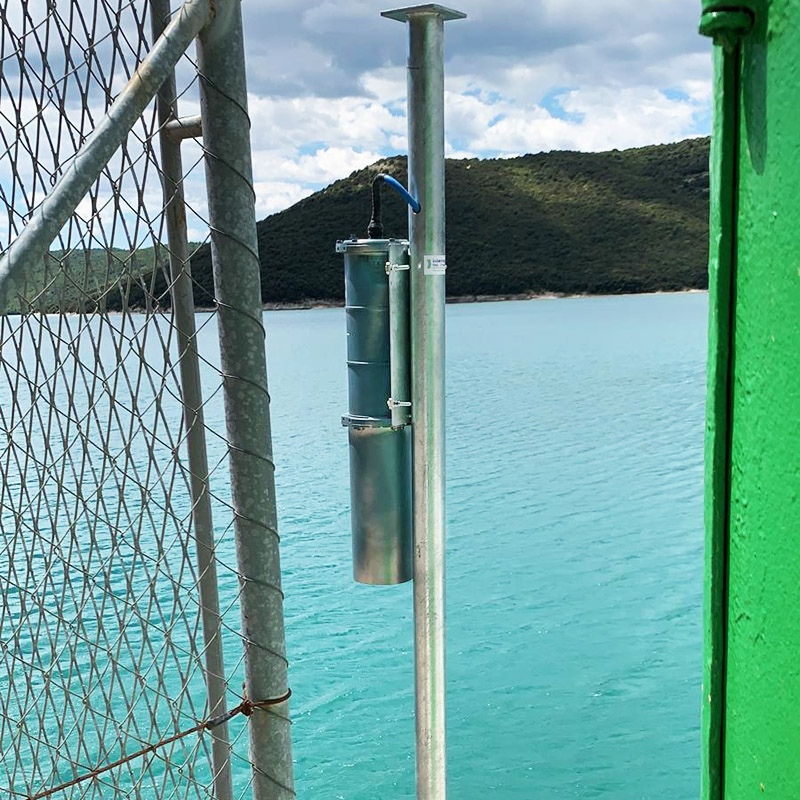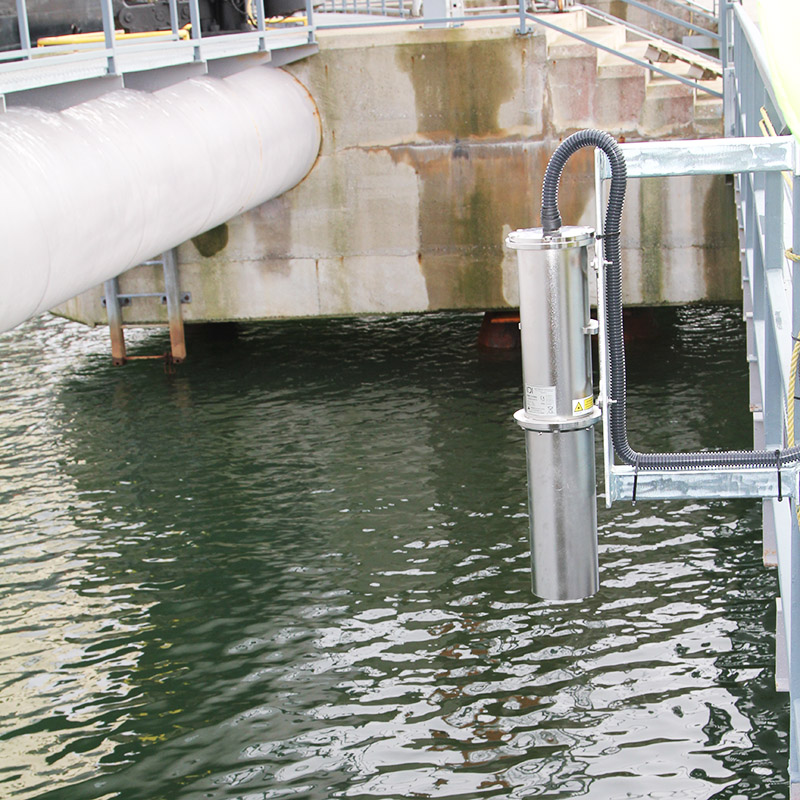Why Real-Time Monitoring Is Critical for Coastal Infrastructure Protection

Coastal infrastructure forms the backbone of global trade and resource management. Facilities such as ports, desalination plants, refineries, and power generation sites are essential to industrial operations and the delivery of vital services. However, their proximity to the sea makes them particularly vulnerable to oil spills and hydrocarbon contamination—events that can cause long-lasting environmental and economic damage.
Traditional monitoring systems often fall short in detecting early-stage contamination. Periodic sampling, manual inspection, or satellite imagery provide only partial visibility, allowing small leaks to go unnoticed until they escalate into larger incidents. In such environments, real-time oil detection is not a luxury—it is a necessity.

The Environmental and Operational Challenge
Coastal facilities operate in dynamic, high-risk environments where multiple factors contribute to potential contamination:
-
Heavy maritime traffic and frequent fuel transfers increase the likelihood of accidental spills.
-
Runoff from industrial sites or storage terminals can carry hydrocarbons directly into nearby waters.
-
Remote locations and harsh weather conditions limit the frequency and effectiveness of manual inspections.
Even a small oil leak, if undetected, can damage sensitive marine ecosystems, impact local fisheries, and disrupt operations. Cleanup efforts are costly, and regulatory non-compliance can lead to significant fines and reputational harm.
Real-time monitoring, therefore, serves as both an environmental safeguard and an operational asset, enabling early intervention and improved response coordination.
How ROW Enhances Coastal Protection
LDI’s ROW Oil Spill Detector is specifically designed to meet the challenges of continuous, real-time environmental monitoring. Using UV-induced fluorescence technology, the ROW detects oil films as thin as one micron from a safe, non-contact distance of up to 10 meters.
When installed along discharge outlets, stormwater systems, or offshore platforms, ROW sensors provide:
-
Continuous 24/7 monitoring, even in harsh marine conditions.
-
Instant alerts via RS-485, relay, or wireless telemetry, allowing operators to respond immediately.
-
Minimal maintenance, with IP68-rated enclosures suitable for saltwater exposure.
-
Customizable detection variants, including Light Fraction and BTEX models, designed to target specific hydrocarbons.
By integrating ROW into existing SCADA and telemetry systems, coastal facilities can centralize monitoring data, automate alerts, and maintain detailed records of water quality performance.

A Complement to Satellite and Aerial Surveillance
While satellite and aerial monitoring remain valuable for identifying large-scale pollution events, technologies like ROW provide localized, high-resolution detection for smaller or early-stage spills—especially in hard-to-reach areas and indoor environments.
Rather than replacing other monitoring methods, ROW complements them by offering continuous surface-level insights that fill the critical gap between large-scale surveillance and on-site intervention.
Real-World Impact and Industry Applications
ROW technology has been deployed in coastal refineries, ports, desalination facilities, and wastewater treatment plants worldwide. These installations demonstrate measurable improvements in response times and reductions in environmental risk.
In coastal desalination plants, for example, early detection of oil contamination helps prevent damage to reverse osmosis membranes and ensures the uninterrupted supply of drinking water. In ports and terminals, ROW systems continuously monitor for leaks from vessels and refueling operations, allowing operators to act before pollutants spread into open waters.
Such implementations underline the importance of real-time data and proactive environmental management in safeguarding both infrastructure and ecosystems.
As climate change intensifies and coastal regions face greater environmental stress, real-time oil spill monitoring has become a fundamental element of sustainable infrastructure management.
LDI’s ROW system empowers operators to detect, respond, and report with precision—transforming passive observation into active protection. By adopting continuous monitoring technologies, industries can strengthen their ESG performance, maintain compliance with international regulations, and uphold their commitment to preserving marine environments.
Learn more about the ROW Oil Spill Detector and explore real-world case studies demonstrating its impact across industries.
Search
Recent Posts
- NORDTEST SRL Showcasing ROW at Ecomondo 2025
- Why Real-Time Monitoring Is Critical for Coastal Infrastructure Protection
- ROW vs Traditional Oil Sensors: A Comparison of Efficiency and Precision
- Meeting ESG Goals with Advanced Oil Detection Technologies
- How to Choose the Right Oil Detection System for Your Industry